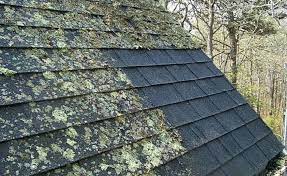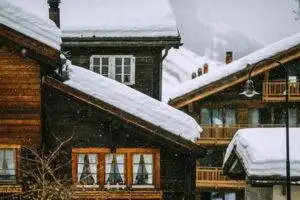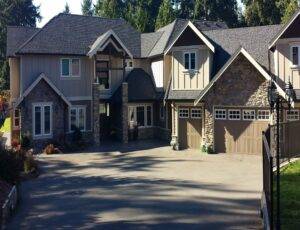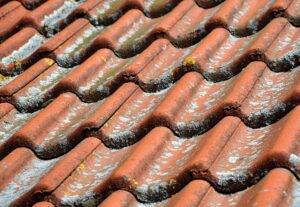Professional roofers in Harrisonburg, VA, will tell you all about the benefits of installing roof vents. It’s no secret that these specialized vents can have some surprising bonuses for you and your home. The extra airflow can control attic temperature, prevent damage, and prevent mold growth and rot.
There are several other ways roof vents can make life easier and several types of vents to choose from.
Reasons for Roof Vents
Proper ventilation offers several positive effects that go beyond temperature control. You can also expect the following:
- Lower utility bills. Having the correct ventilation means cooling and heating systems won’t have to work so hard. This will create a significant saving on energy.
- Minimize chances of damage. Vents can minimize shingle damage. Roofing contractors in Harrisonburg, VA, will tell you that shingles may crack, peel, or show other signs of wear prematurely when exposed to extreme heat. Vents help control temperature and airflow, increasing your shingles’ lifespan.
- Prevent organism growth. Mold and other organism growth can cause severe and costly damage to your home. By creating optimal airflow and dryness, vents will reduce organism growth substantially.
How Many Vents Do I Need?
Roofers in Harrisonburg, VA, typically advise that homes need a square foot of vent per 300 square feet of ceiling. That is if you also have a vapor barrier. Homes without vapor barriers should have a square foot of roof vent per 150 square feet.
Half of the vents should provide air intake, and the other half should provide air expulsion. Roofing contractors in Harrisonburg, VA, also need to apply vents per individual home specs, including climate. Get in touch with your local roofing Harrisonburg, VA expert to learn more.
Types of Vents
Not every home will require the same vent. There are several designs available. Your roofers in Harrisonburg, VA, can advise you about the best option for your home.
Power Roof Vents
This design is motorized and powers fans that drive out moisture and heat. Some even have thermostats to regulate attic humidity levels and temperatures. The vents are programmed to work when temperatures and humidity get high.
Wind Turbines
These are traditional vent types that most people are familiar with. They’re powered by the wind. Their spinning action draws moisture and heat from the attic.
Box Style
This design relies on natural convection. There’s a hole via which hot air and dampness is expelled. As this vent type has no propulsion system, you likely also need to install more than the usual vent number.
Cupola Style
If you’re looking for a more aesthetically appealing option, cupola’s may be for you. The focus is on how they look, but they are not always as functional as other designs.
Ridge Style
This design goes on your roof’s horizontal ridge. This makes them not as visible as other vents. Roofing contractors in Harrisonburg, VA, may advise you that ridge vents are the most effective option.
Soffits
Soffit styles go on a home’s soffits. They are extremely efficient at ventilating attics. As they are located at a roof’s lowest point, you may need to pair them with another vent type for optimal ventilation.
In Conclusion
Clearly, vents do more than you think. Installing proper ones in your roofing Harrisonburg, VA system will save you time and money. Contact a top-notch roofer in Harrisonburg, VA, today for the best service and results!






